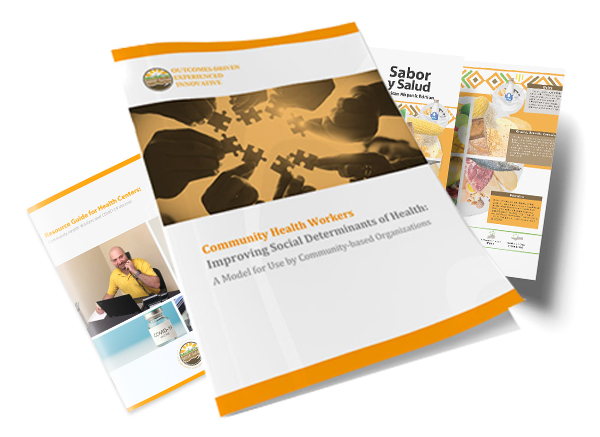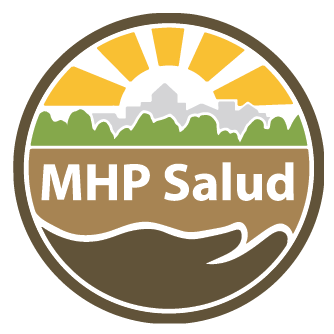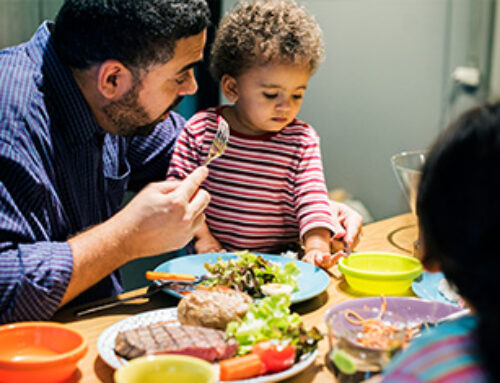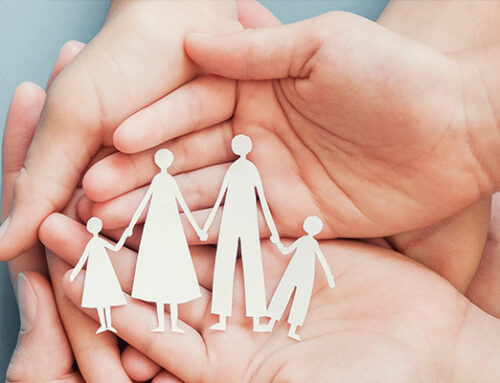Published March 2023 | Back to all news and updates.
- Describe the MSAW community family makeup
- Community Health Workers (CHW) can help the whole family overcome barriers to health
- Offer resources/tools CHWs can utilize to encourage lifestyle changes
The Make-up of the MSAW Family Household
Migrant and Seasonal Agricultural Workers (MSAW) are predominantly Hispanic. Family plays a significant role in this community’s lives; they provide support, guidance, and encouragement. The family makeup of the Hispanic community goes beyond the traditional nuclear family. Households include cousins, aunts/uncles, grandparents, and sometimes family friends.
Hispanic communities have a higher incidence of pre-diabetes and diabetes in adults and children in the United States. This population also experiences higher rates of obesity and high blood pressure. This is partially due to the limited access to affordable fresh and healthy foods, sociocultural barriers, and limited health literacy, which can lead to health disparities in Hispanic communities. Community Health Workers (CHWs) are uniquely positioned to address social and cultural barriers and can be instrumental in creating positive health outcomes for this population.
What are CHWs?
CHWs are trusted members of their communities; they speak the same language, live in the same neighborhoods, and share the same cultural beliefs as the communities they serve. CHWs have a unique understanding of the struggles and stressors faced by their communities. They act as a bridge between the available health services and the individual. Aside from linking those in need with health resources, CHWs offer cultural mediation, culturally appropriate education, care coordination, case management, systems navigation, coaching and social support, advocacy, capacity building, and outreach. Through these roles, CHWs support those with diabetes or at risk of developing diabetes in a culturally appropriate manner.
CHWs Encourage Lifestyle Changes
CHWs understand the social and family unit of the Hispanic community. They use a family-centered approach to encourage lifestyle changes. It is difficult for someone to make the change alone; CHWs encourage the whole family to participate and take control of their health. CHWs dispel stigmas, provide nutrition education, guidance with physical activities, and information on available resources.
Dispelling stigmas and cultural barriers
In some Hispanic families, it is believed that a “chubby” child equates to a healthy one. This cultural belief is due to the notion that a thin or skinny child is malnourished. This cultural stigma can be conducive to an increase in obesity among Hispanic children. Because of this cultural conditioning, Hispanic mothers may acknowledge their child’s weight issue but disregard it by using words like little tummy (pancita) when speaking about the child’s protruding stomach or extra weight. As trusted members of their communities, CHWs develop meaningful relationships with the families and can exert greater influence on sensitive topics and cultural stigmas. CHWs provide culturally appropriate education to their communities on a variety of health topics that can dispel cultural barriers and help families access the proper care they need.
Physical Activities
The Centers for Disease Control and Prevention (CDC) recommends that individuals participate in at least 150 minutes of moderate physical activity weekly. CHWs can assist by offering low-impact exercise routines that everyone in the family can participate in regardless of their current fitness level or age. These can range from simple arm lifts or sit-ups next to a chair during commercial breaks to going out for a 15-minute walk in the morning and another 15-minute walk at night. CHWs teach the whole family the benefits of an accessible active lifestyle and how it positively impacts the effects of chronic disease.
Offer Resources
CHWs have direct knowledge of the health resources available in their communities and can assist with the application process for any needed resources. They connect with local food banks, help with government assistance applications, such as, housing, health insurance, or financial aid, and direct families to parks and gyms in their communities. CHWs also offer linguistically appropriate learning material through flyers and handouts. They play an integral role in maintaining a healthy community by addressing the sociocultural barriers in accessing community health.
Community Health Worker Quote
“As a community health worker, I had the opportunity to support families to improve their lifestyle. Families learned that poor eating habits can damage their health and by choosing to integrate a healthy diet into their everyday life can nourish the body and allow the family to have a good quality life.”
– Rosie Esparza, Community Health Worker at MHP Salud
Learn More About the CHW’s Role in Diabetes Prevention
HRSA Disclaimer
This publication is supported by the Health Resources and Services Administration (HRSA) of the U.S. Department of Health and Human Services (HHS) as part of awards as follow: Health Outreach Partners (HOP) National Training & Technical Assistance Cooperative Agreement totaling $847,285.00 with 0 percent financed with non-governmental sources and MHP Salud National Training & Technical Assistance Cooperative Agreement totaling $678,959.00 with 0percent financed with non-governmental sources. The contents are those of the author(s) and do not necessarily represent the official views of, nor an endorsement, by HRSA, HHS or the U.S. Government. For more information, visit www.HRSA.gov
Blog Topics








